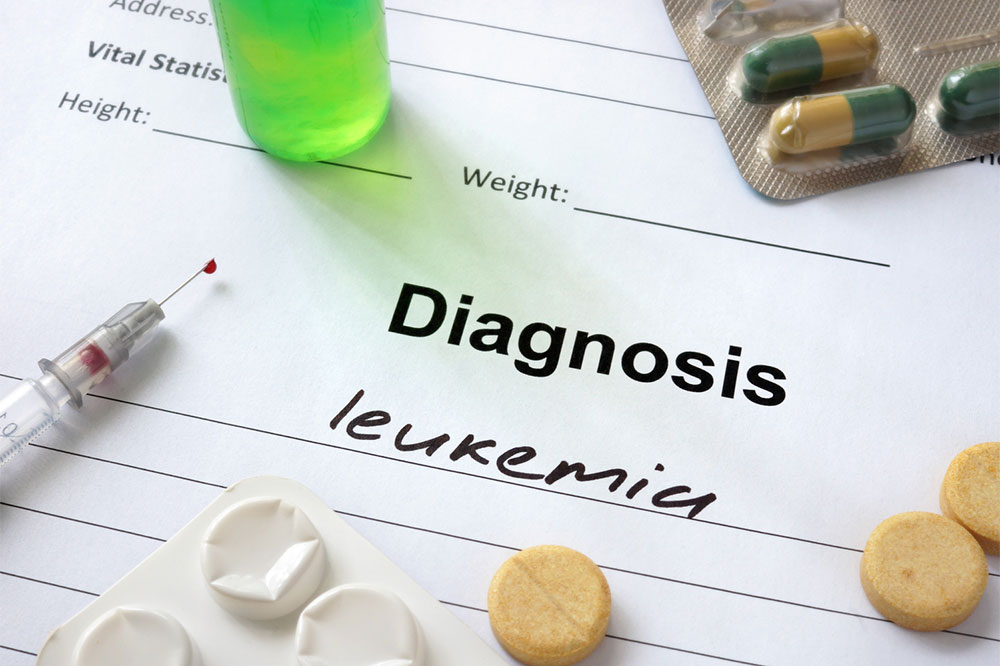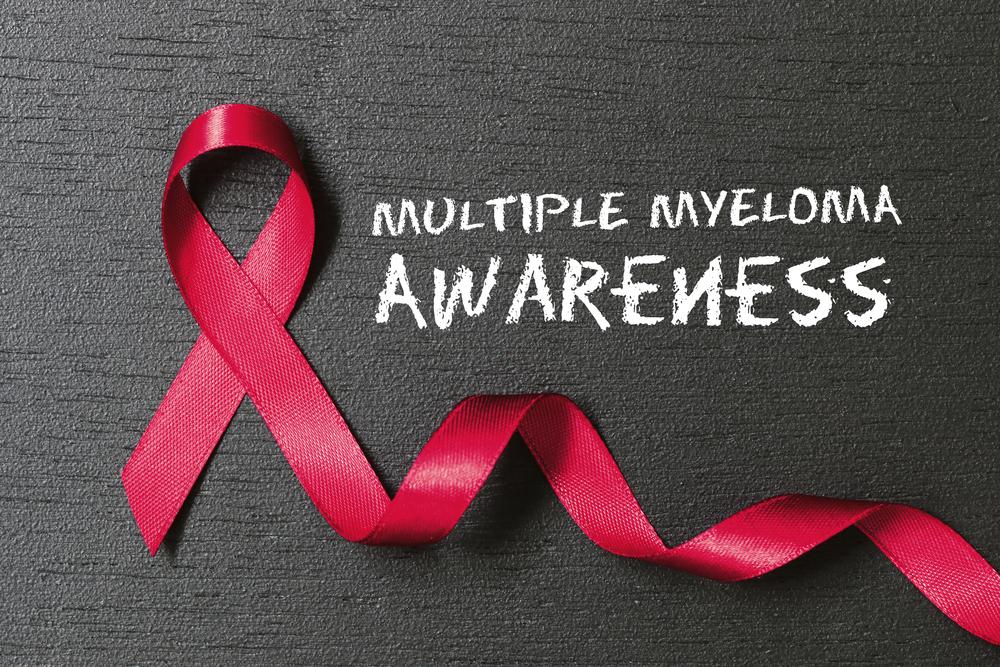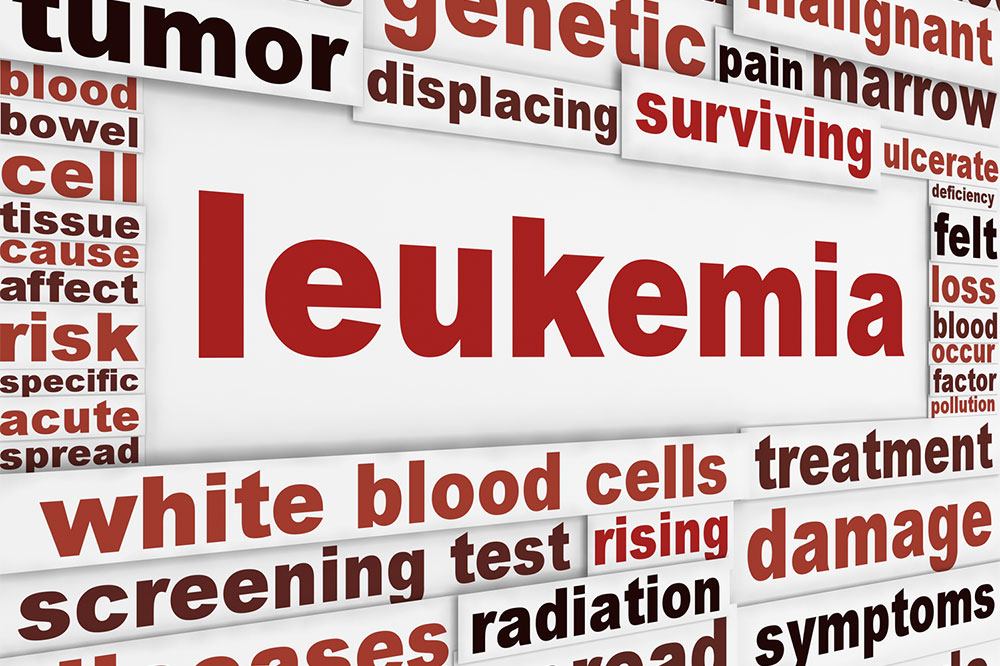Comprehensive Guide to Acute Myeloid Leukemia: Understanding Types, Symptoms, Causes, and Treatment Options
This comprehensive guide explores acute myeloid leukemia (AML), detailing its types, symptoms, causes, and the latest treatment options. Understanding AML’s stages, risk factors, and therapies is crucial for early detection and effective management. The article emphasizes the importance of prompt diagnosis and individualized treatment plans, including chemotherapy, radiation, and immunotherapy, to improve patient outcomes. Perfect for patients, caregivers, and healthcare professionals, this detailed overview offers essential insights into managing this aggressive blood cancer and improving chances of remission and survival.

Comprehensive Guide to Acute Myeloid Leukemia: Understanding Types, Symptoms, Causes, and Treatment Options
Acute myeloid leukemia (AML) is an aggressive form of blood cancer that originates in the bone marrow, the soft, spongy tissue inside our bones that plays a crucial role in producing blood cells. This disease is characterized by the rapid proliferation of abnormal blood cells, specifically immature white blood cells known as myeloid blasts. These malignant cells fail to mature properly and accumulate in the marrow and bloodstream, disrupting normal blood cell production. As a result, patients often experience a wide range of health problems due to the impaired function of healthy blood components.
AML's progression is swift, and if not diagnosed and treated promptly, it can spread rapidly into the circulatory system and other tissues, leading to severe systemic complications. Understanding the disease's nature, including its various stages, types, symptoms, potential causes, and available treatment options, is essential for early detection and effective management.
Stages of AML
The progression of AML is typically categorized into several stages, which indicate the extent and severity of the disease:
Stage 1: At this initial stage, only a small number of immature white blood cells, or myeloid blasts, are present. Often referred to as pre-remission or blast crisis, this phase may show minimal symptoms, making early detection challenging.
Stage 2: During this phase, there is a noticeable increase in the number of blast cells, while the production of mature white blood cells decreases. This stage is known as remission induction, where treatment aims to reduce the blast count and restore normal blood counts.
Stage 3: The blast cells predominate in the marrow and bloodstream, with some reduction in mature cells. Patients may experience low blood counts, leading to anemia, easy bruising, or infections. This phase is called consolidation or re-induction therapy, often involving chemotherapy to eradicate remaining leukemia cells.
Stage 4: In this advanced stage, the blast cells overwhelm the marrow and circulate extensively, causing serious complications such as anemia, thrombocytopenia (low platelets), and risk of bleeding. Maintenance therapy may be necessary to prevent relapse and manage residual disease.
Types of AML
Remission AML: This refers to the disease state after successful treatment where blood counts return to normal, and no leukemia cells are detectable in the marrow or bloodstream. However, vigilance is necessary as relapse can occur.
Refractory or Recurrent AML: In cases where the disease does not respond to initial treatment or recurs after achieving remission, it is classified as refractory or recurrent AML. Management becomes more challenging in these cases, requiring alternative therapeutic strategies.
Acute Promyelocytic Leukemia (APL): A specific subtype of AML characterized by abnormal promyelocytes, predominantly affecting older adults. Early intervention with targeted chemotherapy significantly improves prognosis. Delays in treatment can reduce survival chances and complicate disease management.
Symptoms and Underlying Causes
AML affects individuals across various age groups, though it is more common in adults. Its symptoms often develop gradually and may include persistent fever, chills, night sweats, unexplained fatigue, recurrent infections, unusual bleeding (such as nosebleeds or gum bleeding), shortness of breath, bone and joint pain, swollen lymph nodes, and general weakness. These symptoms result from the compromised production of normal blood cells and the infiltration of leukemia cells into various tissues.
The precise cause of AML remains largely unknown. However, certain risk factors have been associated with its development, including genetic mutations, prior exposure to chemotherapy or radiation therapy, and infections with viruses such as hepatitis B or hepatitis C. Additionally, exposure to certain chemicals and chemicals found in smoking cigarettes may increase risk. Genetic predispositions also play a significant role, with some inherited syndromes predisposing individuals to developing AML.
Current Treatment Strategies for AML
Chemotherapy: Chemotherapy remains the cornerstone of AML treatment. The goal is to eradicate the malignant blast cells from the marrow and bloodstream, induce remission, and prevent relapse. Typical chemotherapy involves a combination of drugs administered in cycles over several weeks, with supportive care to manage side effects such as immune suppression and anemia.
Radiation Therapy: Utilizing high-energy radiation beams, radiation therapy aims to target localized areas of leukemia infiltration, reduce tumor burden, and alleviate symptoms. It may also be used as a preparatory step before stem cell transplantation. In some cases, radiation helps control pain and manage bleeding caused by leukemia infiltration.
Immunotherapy: A newer addition to AML treatment, immunotherapy enhances the body's immune response against leukemia cells. This approach involves the use of monoclonal antibodies, immune checkpoint inhibitors, and chimeric antigen receptor (CAR) T-cell therapy. These therapies specifically target cancer cells while sparing healthy tissues, offering hope for refractory or recurrent cases.
Emerging treatments and clinical trials continue to expand options for AML patients, underscoring the importance of personalized medicine tailored to individual patient characteristics.
Overall, early diagnosis, prompt initiation of treatment, and ongoing monitoring are vital for improving survival outcomes in AML patients. Multidisciplinary approaches involving hematologists, oncologists, and supportive care teams are essential to navigate the complexities of this aggressive blood cancer and optimize patient quality of life.





